11 Driving Etiquette Rules That Bad Drivers Obviously Have Never Learned
Learning how to drive involves learning much more than just how to drive a car.
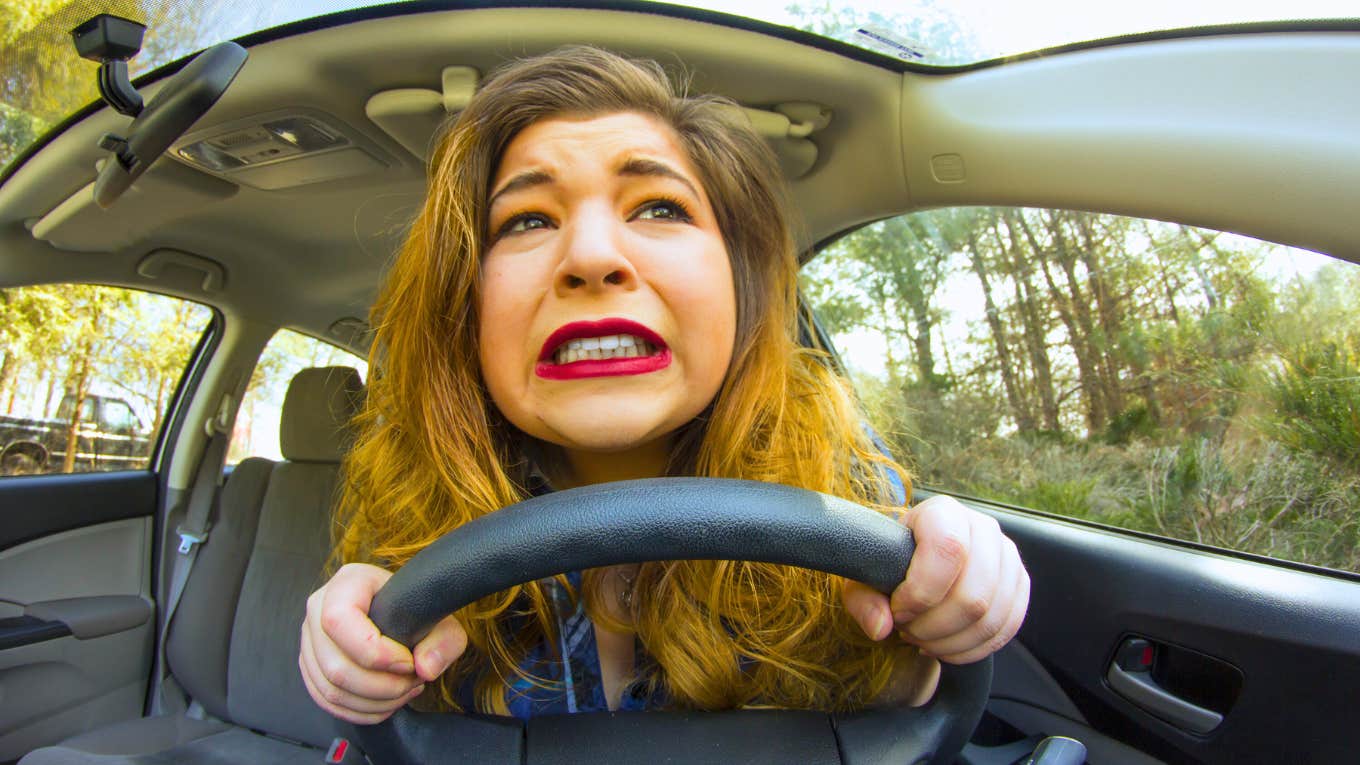 Ezume Images / Shutterstock
Ezume Images / Shutterstock Driving can be a moment of mindfulness for many people, giving them space to reflect, regulate, and sometimes even escape the discomfort of inner turmoil. However, it can also be an outlet for others to release their aggression, even at the expense of their own and other drivers’ safety. We all make mistakes at times, and it can be easy to get distracted by something happening on the side of the road. However, some drivers are so disruptive that it's pretty obvious there are driving etiquette rules they never learned.
Especially considering the vast majority of workers drive themselves to the office each day, it’s not surprising that so many people are filled with anxiety, complex emotions, and stress on the road. And it doesn't help when you come against bad drivers who simply couldn't seem to care less about how their driving affects anyone else.
Here are 11 driving etiquette rules that bad drivers obviously have never learned
1. The left lane is for passing
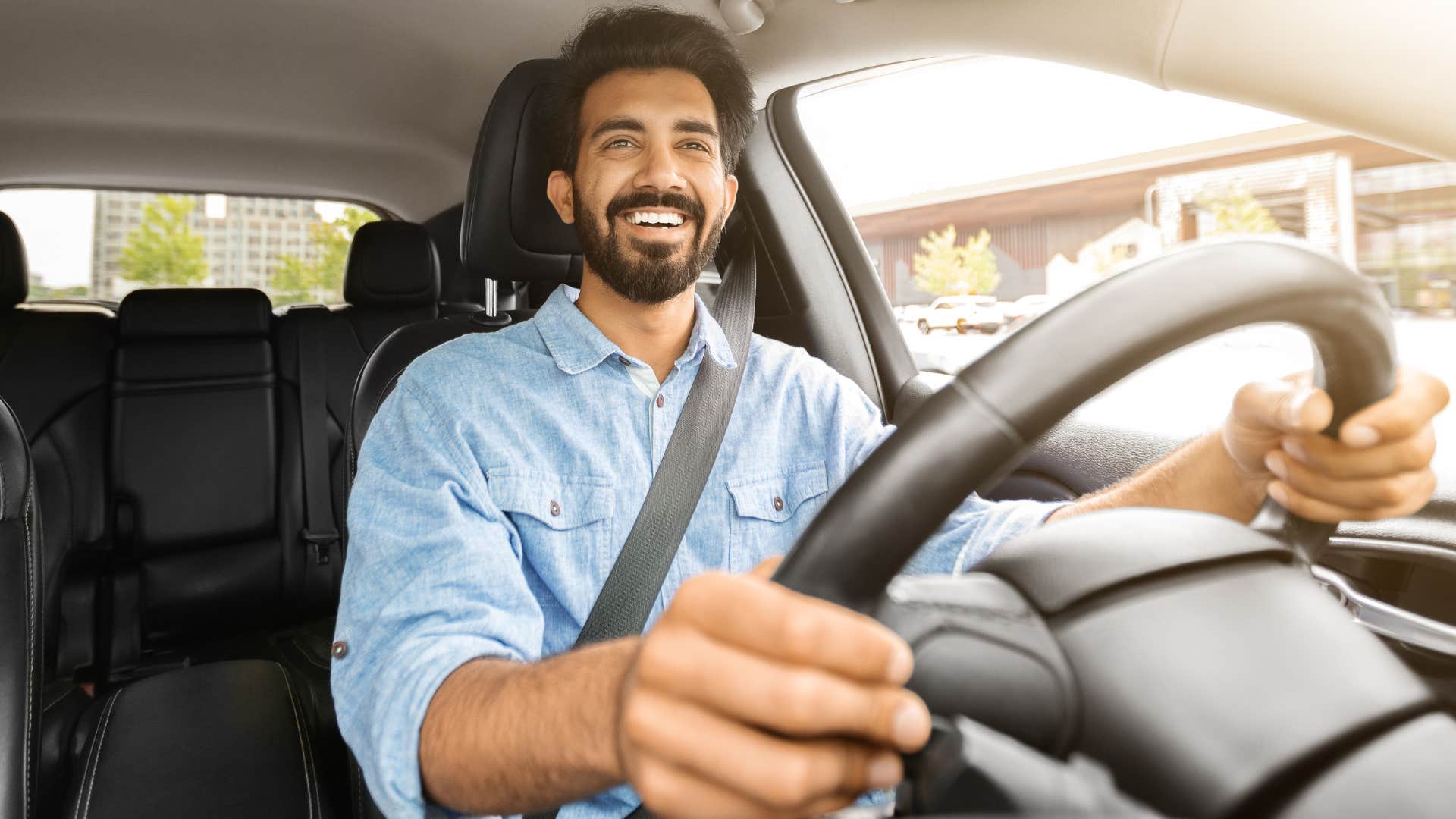 Prostock-studio | Shutterstock.com
Prostock-studio | Shutterstock.com
All 50 states allow left lane passing when you’re heading the same direction as other cars on the road, but very few allow slow cars to linger in the lane with no intention of passing.. That’s why it’s so frustrating when someone gets into the left lane, only to slow down traffic for people trying to pass or go the speed limit.
If you’re going to be cautiously slow or driving under the speed limit, drive in the right lane for the sake of everyone’s well-being.
2. Merge like a ‘zipper’
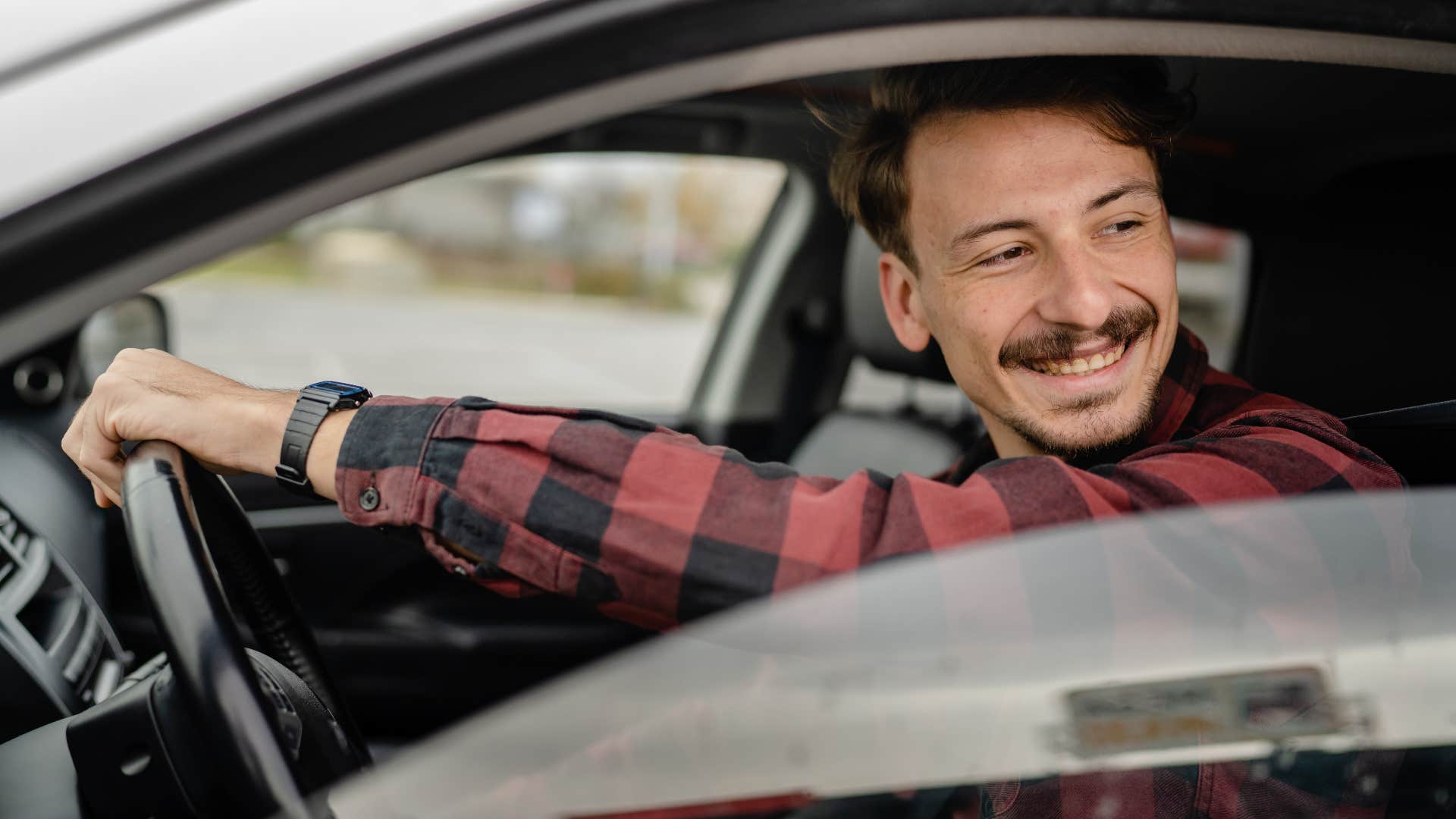 Miljan Zivkovic | Shutterstock.com
Miljan Zivkovic | Shutterstock.com
According to a study from North Carolina State University, using the “zipper merge” technique, where cars continue driving in two lanes and merge one at a time when a single lane ends, often reduces congestion and allows for traffic to flow at a faster pace.
However, many people take the zipper merge personally, believing that other cars are trying to cut them off in an effort to speed ahead. To compensate for their own feelings and clear disregard for driving etiquette rules, these drivers block the open lane to keep people from merging in front of them.
The reality is: nobody is passing you. Everyone benefits when people follow zipper merging guidelines, even if it’s frustrating to watch people from behind you on the road move to the front.
3. Your phone can wait
 Maria Markevich | Shutterstock.com
Maria Markevich | Shutterstock.com
A study published in Preventive Medicine Reports suggests that nearly 60% of drivers regularly use their phone while driving, whether they're answering a call, sending a text, or using their cell phone’s navigation system. While these things can often seem innocent in the moment, they do contribute to a large number of accidents on the road, even for people who consider themselves “experts” at multitasking.
If you can't seem to stop yourself from reaching for it, try putting your phone in your trunk when you're driving. Anything that’s happening on your phone can wait, especially for the safety of your passengers, other drivers, and, of course, yourself.
4. Hazard lights aren’t a free parking pass
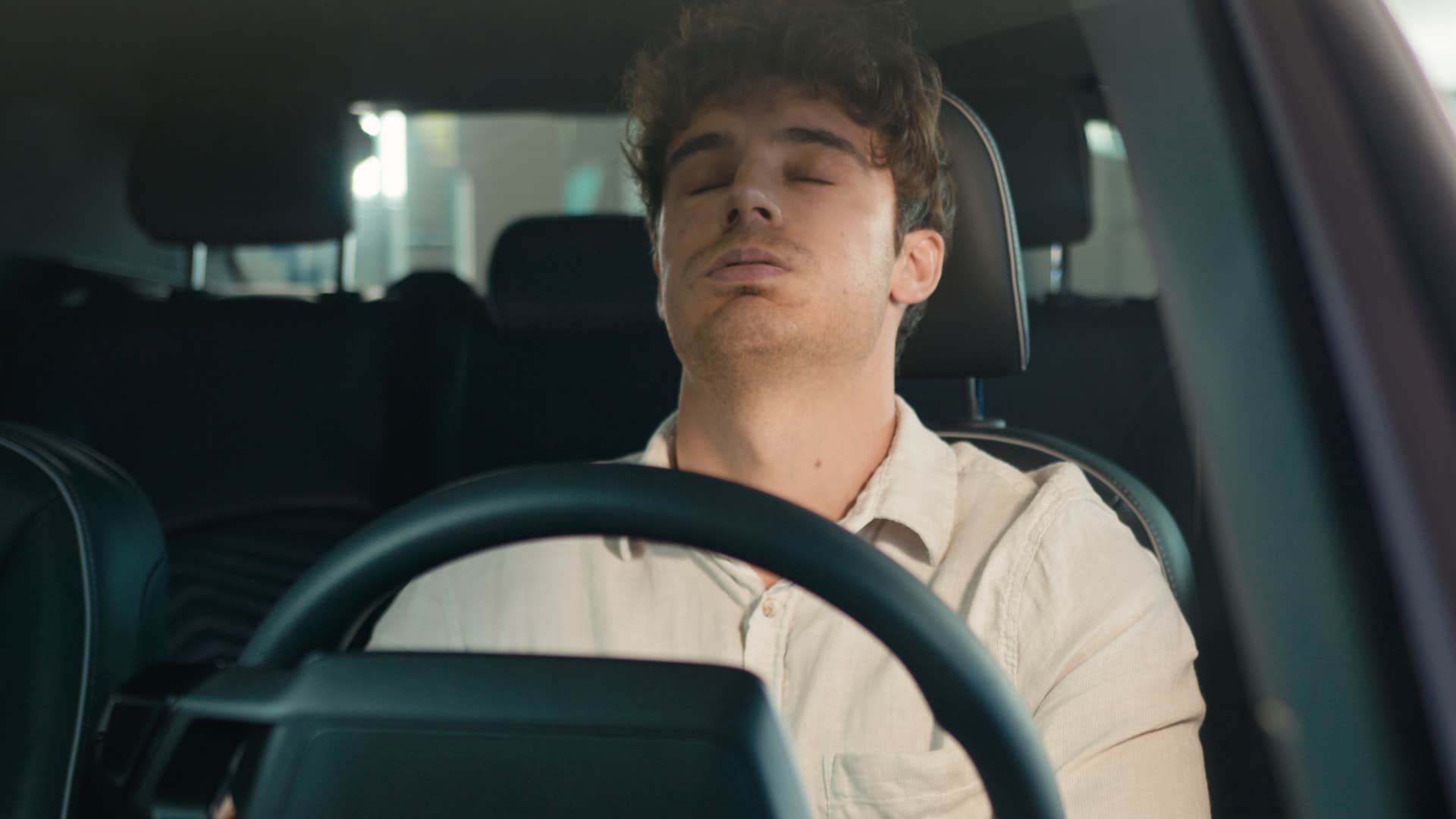 MAYA LAB | Shutterstock.com
MAYA LAB | Shutterstock.com
Parking in a designated area and using hazard lights only when stopped unexpectedly are some of the driving etiquette rules that bad drivers obviously have never learned. Your hazard lights don’t give you a free pass to park wherever you want, especially if you’re blocking the road or traffic by choice.
Be mindful of where you’re parking, even if you’re in a rush or running to a last-minute appointment. Everyone has a million things going on and may even be in a rush themselves. Don’t make someone else’s life harder just because you’ll “only be a minute.”
5. Don't tailgate
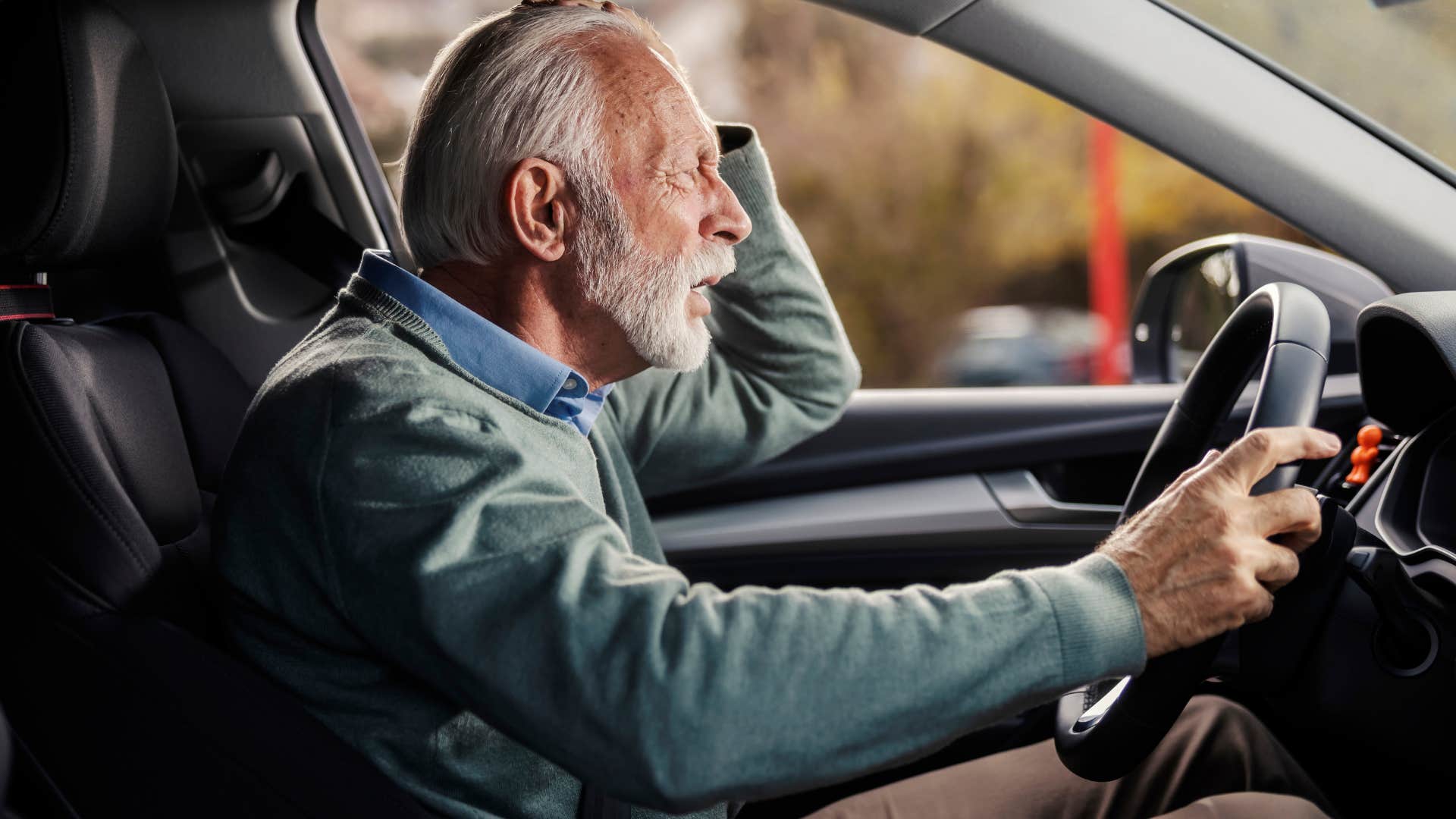 Dusan Petkovic | Shutterstock.com
Dusan Petkovic | Shutterstock.com
Leaving space between cars on the road, especially in intense weather conditions or when there’s unexpected traffic, is one of the driving etiquette rules that bad drivers obviously never learned. Whether it’s a way to “send a message” or simply a side effect of distracted driving, tailgating people never makes them move faster. It actually only ensures other drivers feel more anxious, uncomfortable, and uncertain themselves.
When you’re driving your car or are on the road, focus on yourself. You can’t control the way other people drive, including how fast or slow they decide to go. Don’t take anyone else's driving personally. You never know what’s going on in someone’s car, including how comfortable they feel in their surroundings or how capable they are of seeing what’s in front of them on the road.
6. You don’t have the right-of-way when backing up
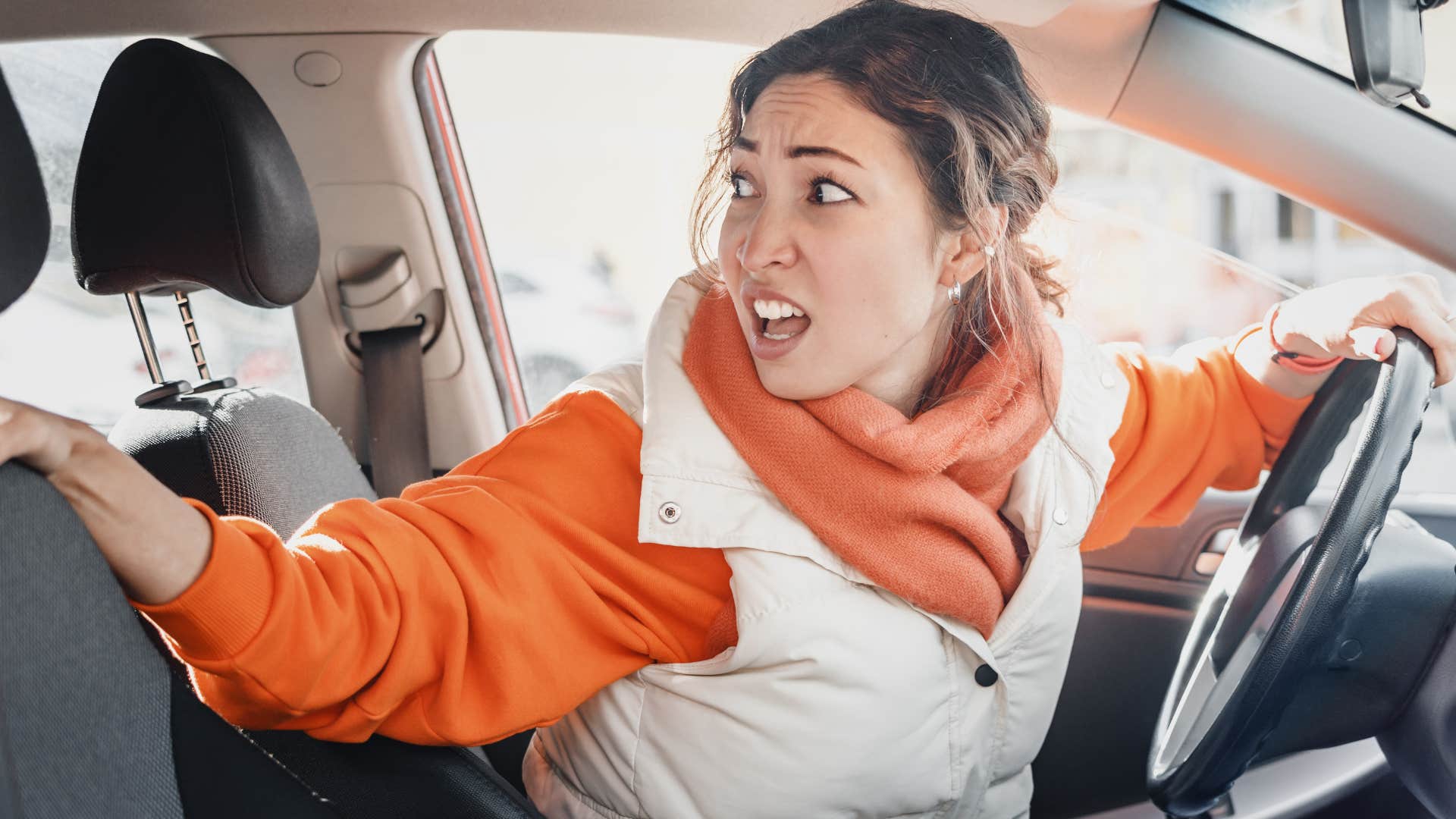 frantic00 | Shutterstock.com
frantic00 | Shutterstock.com
Horrible drivers often dread the thought of parking. Or sometimes, they create chaos trying to confidently back up out of a spot or parallel park. In fact, safely backing up in a busy area is one of the driving etiquette rules that bad drivers obviously have never learned. Not only do they back out without looking, but they also tend to put other drivers and pedestrians at risk by quickly zooming out of their spot.
So, if you’re in a grocery store parking lot or trying to re-enter the road from a parallel parking spot, go slowly and be intentional. You never know what’s coming.
7. Speed limits aren’t optional
 Krakenimages.com | Shutterstock.com
Krakenimages.com | Shutterstock.com
Even though people push the limits of appropriate speeds on the highway and make assumptions while driving on country back roads, speed limits aren’t optional. Of course, it’s your prerogative to drive faster than the speed limit at the risk of being pulled over, but respecting someone else for following the rules of the road is one of the driving etiquette rules that bad drivers obviously have never learned.
Never expect someone else to break the rules or put themselves at risk just because you’re running behind or feel entitled.
8. If you can’t clear an intersection, don’t enter it
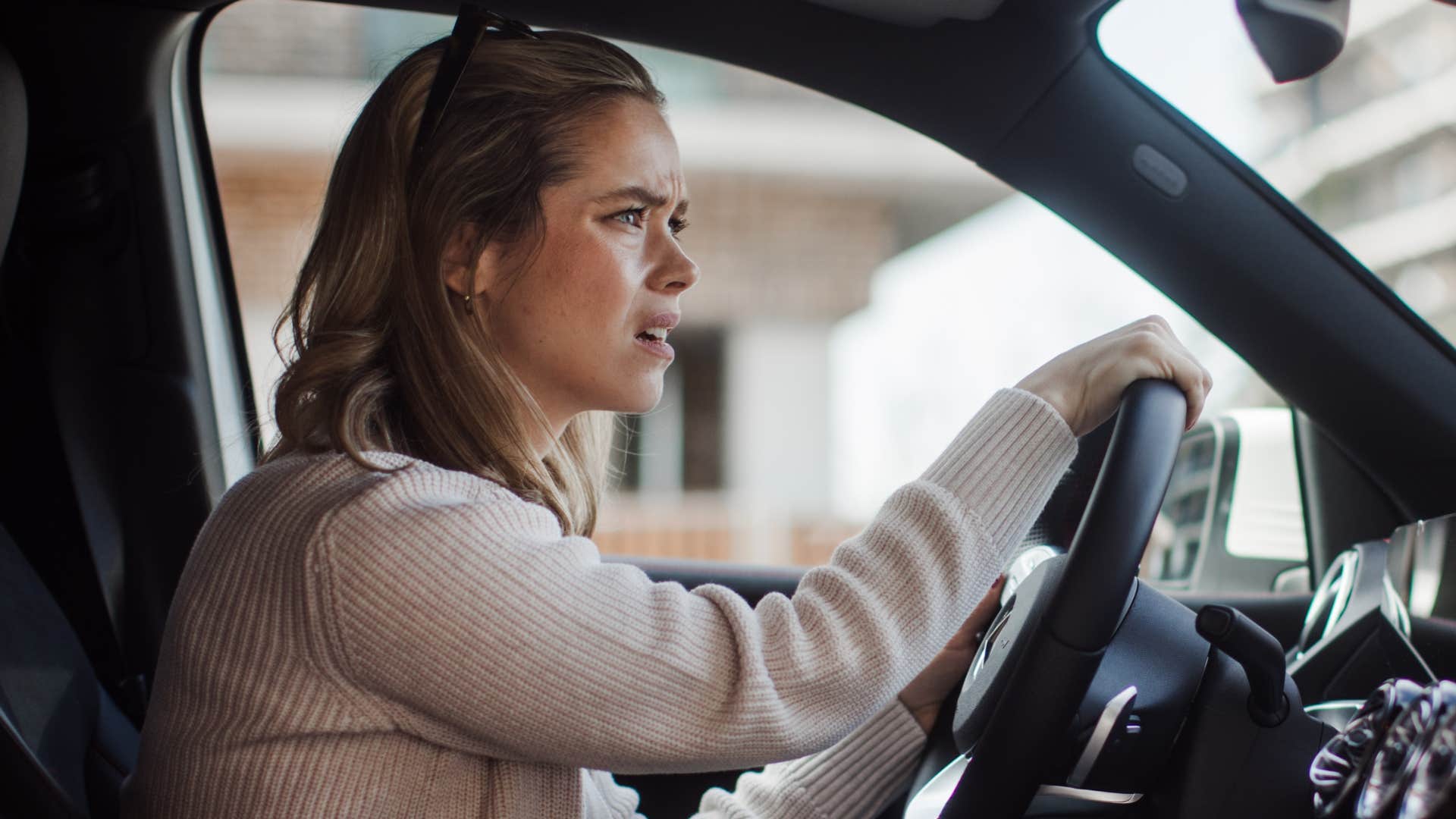 Halfpoint | Shutterstock.com
Halfpoint | Shutterstock.com
Many people rush around in their cars, putting themselves and others at risk by making poor decisions behind the wheel. For example, stopping before an intersection when it’s backed up is one of the driving etiquette rules that bad drivers obviously have never learned.
If the light is turning red and there are still cars blocking the intersection, don’t add your car to the mix. You can wait for another light cycle. Not only do you put yourself at risk when you try to speed up and make it through the intersection, but you also block a million other cars from being able to cross when the light turns green for them.
9. It's called a blind spot for a reason — check it
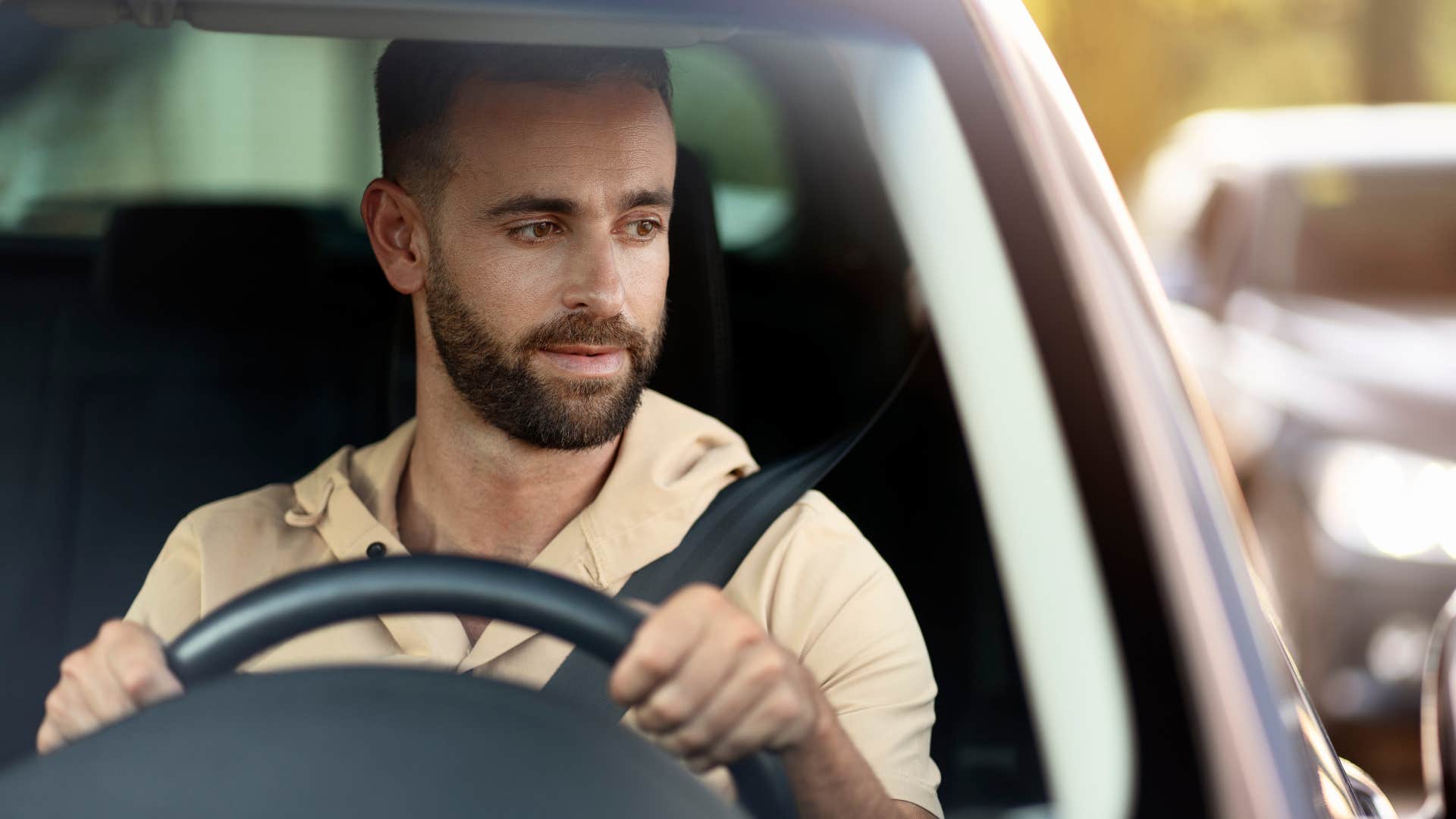 AYO Production | Shutterstock.com
AYO Production | Shutterstock.com
Not checking your blind spot is the quickest way to put yourself and other drivers at risk. Just like speed limits and concrete rules of the road, checking your blind spots isn’t a suggestion. It’s called that for a reason. Use your blinker, check all of your mirrors, including your blind spot, and only change lanes or turn when it’s safe to do so.
While it might take some time to practice checking your mirrors and blind spots consistently, especially if you’ve never made an effort to do so, it’s required for the safety of everyone on the road.
10. Turn off your brights around other cars
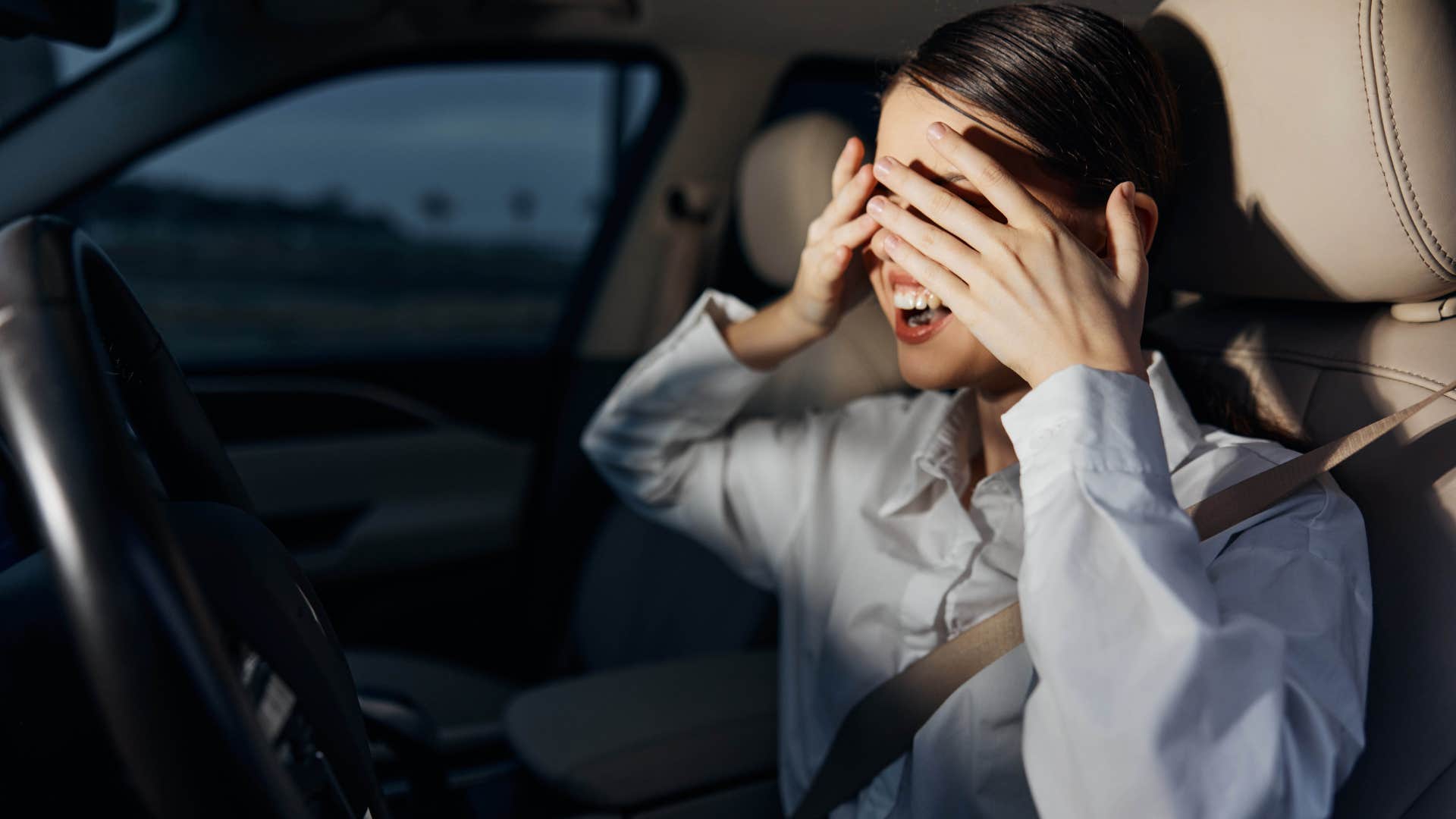 ShotPrime Studio | Shutterstock.com
ShotPrime Studio | Shutterstock.com
According to a study from the University of Michigan Transportation Research Institute, very few drivers actually use their high beams in the car. When they do, it’s specifically when cars are more than 10 seconds away from them. However, some bad drivers use them too often, forgetting or choosing not to turn them off when there are other cars around.
Not only does this behavior make it hard for other drivers to see in their own cars, but it’s also often a sign of disrespect on the road, even if it’s an accident or unintentional.
11. Follow the appropriate order at a four-way stop sign
 KateKlim | Shutterstock.com
KateKlim | Shutterstock.com
The first vehicle to arrive at an intersection with a four-way stop has the right of way. If two vehicles arrive at the same time, the car to the right has the right of way. When there’s a flow of traffic and a line of cars, it’s even easier. You follow the pattern of the people in front of you.
Yet, this is one of the driving etiquette rules that bad drivers obviously have never learned. They cut people off and enter intersections whenever they want, especially when they’re running late. But just because you’re bad at time management or in a rush doesn’t mean the rules don’t apply to you.
While we’re at it, there are also rules for a roundabout. It’s not a free-for-all. The inside lane is for through-traffic, the outside lanes are for exiting, and once you’re in a lane, you don’t switch.
Zayda Slabbekoorn is a senior editorial strategist with a bachelor’s degree in social relations & policy and gender studies who focuses on psychology, relationships, self-help, and human interest stories.

